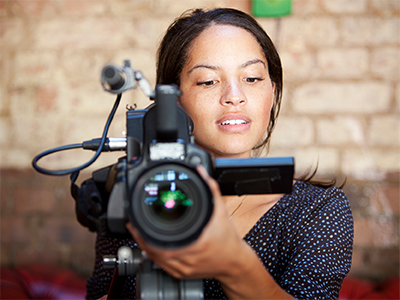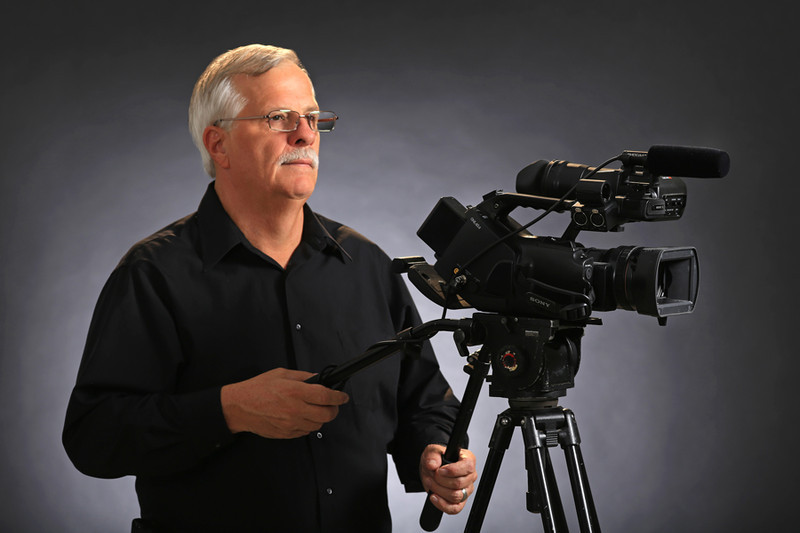Legal Videography: An Innovative Approach to Recording Legal Testimonies
Legal Videography: An Innovative Approach to Recording Legal Testimonies
Blog Article
Why Legal Videography Is Crucial for Accurate Court Recordings
The function of legal videography in court room settings can not be overstated, as it offers as an essential device for protecting the honesty of court documents. The ramifications of incorporating legal videography into typical court methods increase vital concerns concerning its broader impact on the legal system.
Value of Visual Evidence
In the world of legal procedures, the value of visual proof can not be overemphasized. Aesthetic evidence offers as an effective device in establishing facts, affirming testimonies, and enhancing the overall clearness of an instance. This sort of evidence, that includes photographs, video clips, and diagrams, can supply a substantial context that spoken descriptions usually do not have, thus supplying courts and judges a more clear understanding of the scenarios surrounding a case.
Furthermore, aesthetic proof help in the retention of info. Human cognition is inherently aesthetic, and people are extra most likely to keep in mind and understand info provided in an aesthetic style. In the court, this can be vital, as engaging aesthetic proof can persuade opinions and strengthen the narrative presented by lawful representatives.
In addition, making use of visual evidence can minimize misconceptions and uncertainties that typically emerge from verbal exchanges. By giving a straight depiction of events, visual proof helps to get rid of subjective analyses and fosters a more objective evaluation of the truths. Subsequently, the integration of aesthetic proof right into legal proceedings not only reinforces the integrity of the judicial procedure however also enhances the possibility of attaining a just result.
Capturing Non-Verbal Hints
Making use of advanced videography techniques can considerably boost the capture of non-verbal hints during lawful process. Non-verbal communication, including faces, body language, and eye contact, plays a vital role in conveying feelings and intentions that might not be explicitly mentioned in spoken testimony. legal videography. Legal videography uses high-definition cams and tactical angles to make certain that these subtle hints are recorded with quality and precision
The capability to assess non-verbal habits can offer beneficial context to declarations made throughout court sessions. A witness's unwillingness or confidence can be analyzed via their position or gestures, potentially influencing the jury's assumption of integrity. Furthermore, using close-up shots can aid focus on an audio speaker's expressions, permitting an extra nuanced understanding of the testimony.
Additionally, incorporating multiple electronic camera angles can develop a thorough view of interactions, highlighting dynamics between events included. This diverse technique not only improves the precision of the court document but additionally aids in preserving the honesty of the judicial procedure - legal videography. Eventually, capturing non-verbal hints via legal videography promotes a richer, more total depiction of court process

Enhancing Statement Dependability
The integrity of testament can be significantly strengthened with using high-quality legal videography. Video clip recordings function as an objective medium that records not only the spoken words of witnesses however likewise the nuances of their distribution, consisting of tone, pacing, and emotional expressiveness. This complex documents offers a clearer understanding of the witness's integrity and intents, which can be pivotal in lawful process.
Additionally, lawful videography decreases the capacity for false impressions that may arise from created records alone. When jurors can observe a witness's demeanor and body movement along with their testament, they are much better equipped to examine the credibility and integrity of the proof offered. This visual context can strengthen the testimonial narrative, making it a lot more compelling and reliable.
Furthermore, the existence of a video clip recording can deter prospective incongruities in testimony. Witnesses may be extra mindful in their declarations when they know they are being recorded, causing even more precise and genuine accounts. Overall, high-grade lawful videography boosts the honesty of testament, making sure that the court has accessibility to a full and honest useful reference depiction of the facts as shared by the witnesses.
Sustaining Appeals and Reviews
Legal videography plays an important function in supporting charms and testimonials by providing an extensive visual document of court procedures. This visual documents catches not only the spoken words of witnesses and attorneys however also the subtleties of body movement, intonation, and court room dynamics. Such aspects can be pivotal in recognizing the context of statements and arguments offered.
In the appellate process, see it here where the emphasis gets on errors of legislation and step-by-step fairness, a video document can serve as an important tool for appellate courts. It makes it possible for judges to examine the original test context, ensuring that choices are based upon a total understanding of the process. The capacity to visually analyze the disposition of witnesses or the communications between celebrations can expose understandings that composed transcripts might ignore.

Furthermore, legal videography can help in clarifying obscurities in from this source statements or step-by-step rulings, thereby enhancing the basis for an allure. By providing a dependable, objective account of what transpired in court, lawful videography not just supports the honesty of the lawful procedure however likewise equips all celebrations involved to make informed decisions regarding their instances.
Improving Court Room Processes
Enhancing court room efficiency, legal videography improves procedures by offering instant accessibility to visual records of proceedings. This technology permits judges, attorneys, and juries to revisit important testimony and proof, ensuring that all events have a clear understanding of the case. By capturing the nuances of verbal and non-verbal communication, videography improves the record, making it easier to realize the context and weight of statements.

In addition, video recordings can facilitate remote participation in hearings, enabling for higher flexibility in scheduling and participation, which is particularly valuable in complicated cases entailing multiple stakeholders.
Conclusion
Finally, lawful videography plays an important function in ensuring exact court recordings by giving important aesthetic evidence that catches both verbal and non-verbal communication. This technique enhances the reliability of statements, sustains appellate testimonials, and streamlines court procedures. By fostering a detailed understanding of courtroom characteristics, legal videography eventually adds to a lot more equitable judicial results, strengthening the honesty of the legal system and promoting informed decision-making.
Report this page